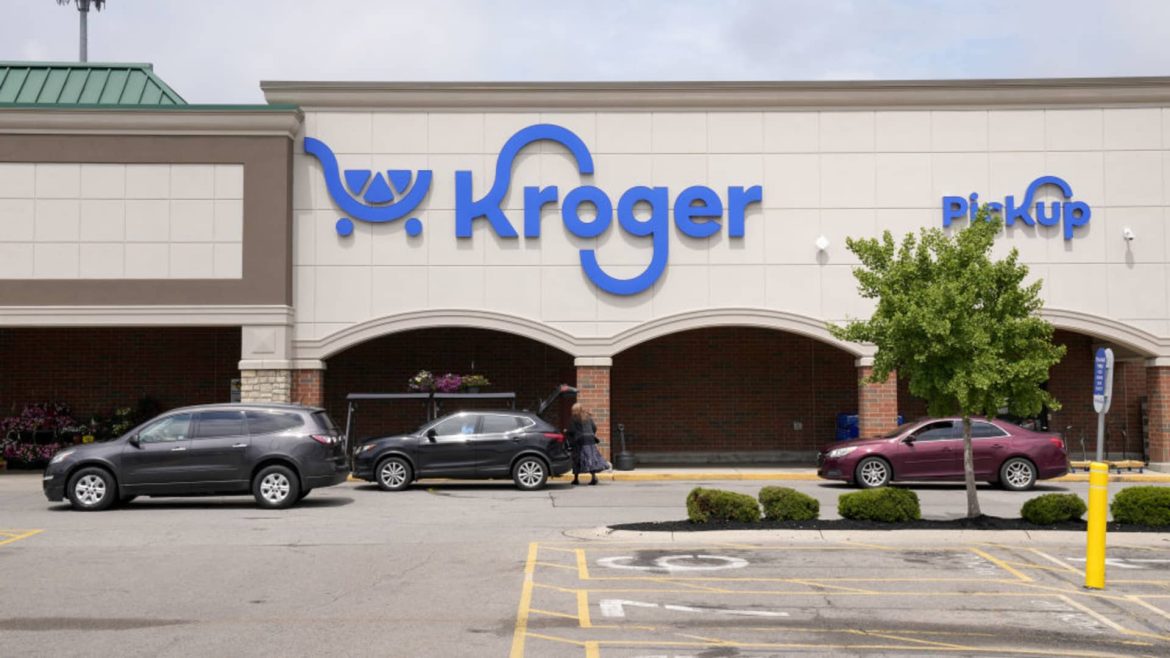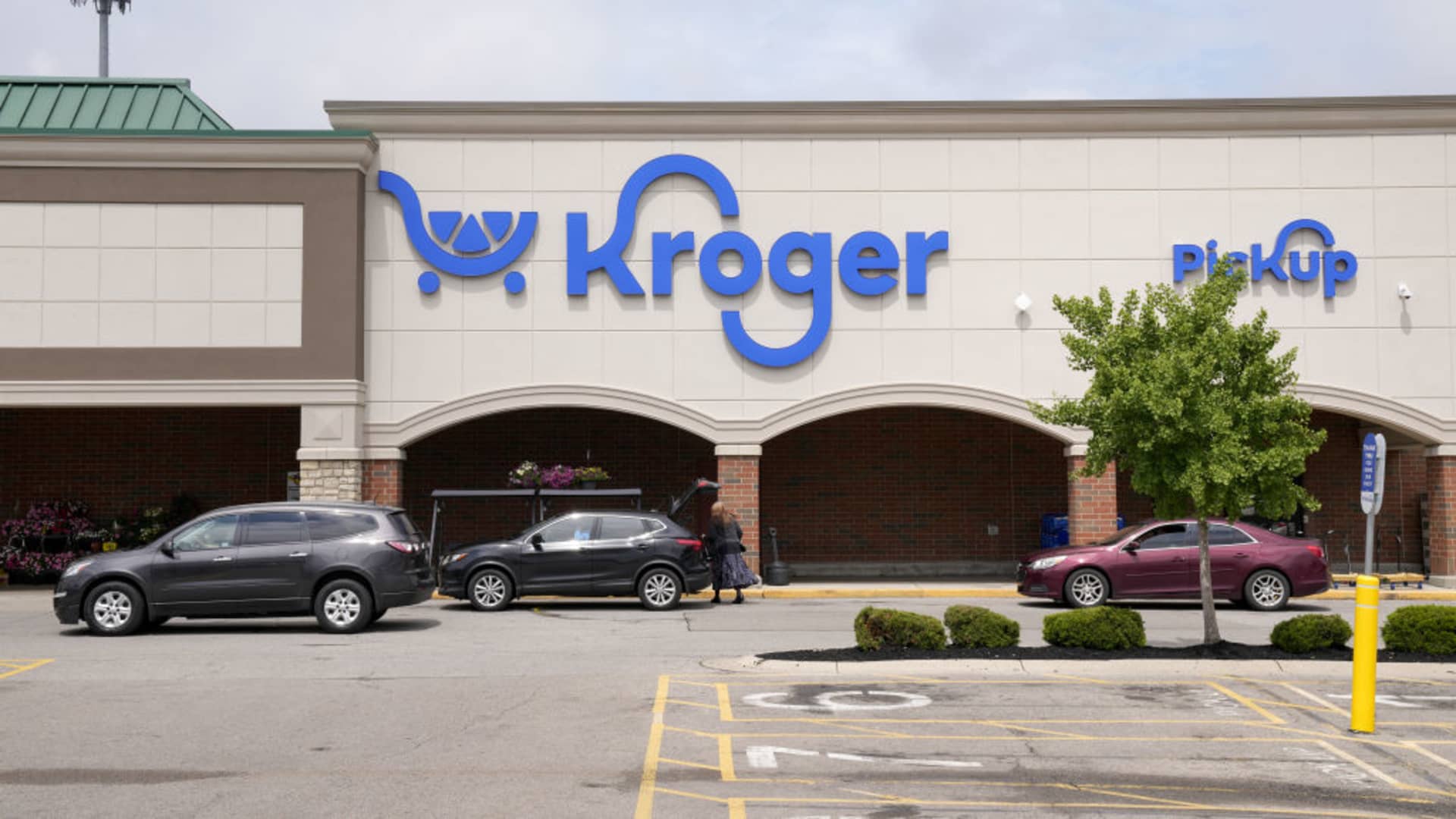Navigating the Shifting Landscape of Grocery Retail: A Kroger Performance Analysis
Kroger’s recent performance reveals a fascinating interplay of consumer behavior, strategic pricing, and market dynamics within the competitive grocery sector. While macroeconomic factors like inflation and fuel prices present challenges, Kroger is demonstrating resilience and adaptability, evidenced by consistent stock performance and upward revisions to sales forecasts. This analysis delves into the key drivers behind Kroger’s successes, the nuances of its customer base, and the strategic maneuvers employed to maintain and expand market share. The narrative isn’t simply one of growth, but of a calculated response to a consumer increasingly focused on value and a shifting economic climate.
The Power of Private Label and Value Perception
A central theme emerging from the reports is Kroger’s success in attracting shoppers through lower-priced alternatives, particularly its “Our Brands” private label products. The expansion of this private label range is not merely a cost-cutting measure, but a deliberate strategy to cater to a consumer base actively seeking value. Over 90% of Kroger’s customers are reportedly purchasing these private label brands, indicating a significant shift in shopping habits. This isn’t solely driven by economic necessity; it’s also about a growing acceptance of private label quality, challenging the traditional perception that name brands are inherently superior.
This strategy is particularly potent in the current environment. As consumers grapple with persistent inflation, even those with higher incomes are demonstrating a willingness to trade down, seeking affordable options without sacrificing quality. Kroger’s CEO acknowledges this trend, noting the influx of more affluent shoppers seeking value, a testament to the effectiveness of the private label strategy. The focus on “cheaper alternatives” isn’t a sign of desperation, but a proactive adaptation to evolving consumer preferences.
Sales Performance: A Quarter-by-Quarter Examination
Kroger’s sales performance has been consistently positive, albeit with varying degrees of growth across different quarters. Q1 2023 saw a 1.5% increase in sales, reaching $45.2 billion, with identical-store sales (excluding fuel) rising 3.5%. While this growth was slightly below analyst expectations, it still represented a solid start to the year.
The momentum continued into Q2, where comparable sales growth of 1.2% (excluding fuel) exceeded expectations, driven by increased shopper visits and a response to lowered grocery prices. This outperformance led to an upward revision of the full-year sales outlook.
Q3 witnessed an even stronger performance, with identical sales (excluding fuel) jumping 2.3%, surpassing expectations of 1.77%. Adjusted earnings per share also exceeded forecasts, reaching 98 cents. This consistent pattern of exceeding expectations suggests a robust underlying performance and effective execution of the company’s strategy.
Furthermore, the “food-at-home trend” continues to benefit Kroger, with same-store sales jumping 5.8% as more customers opt to dine at home rather than eat out, further bolstering revenue.
Digital Growth and the Omnichannel Experience
Beyond brick-and-mortar performance, Kroger is also experiencing significant growth in its digital sales, which increased by over 8%. This highlights the importance of an omnichannel strategy, seamlessly integrating online and offline shopping experiences. Consumers are increasingly comfortable with online grocery shopping, and Kroger is capitalizing on this trend by investing in its digital infrastructure and offering convenient options like online ordering, delivery, and pickup.
This digital expansion isn’t just about adding another sales channel; it’s about enhancing customer convenience and loyalty. The ability to seamlessly switch between online and offline shopping experiences is becoming a key differentiator in the grocery industry, and Kroger appears to be well-positioned to capitalize on this trend.
Profitability and Financial Health
Kroger’s financial health is also demonstrating improvement. The company reported a net income of $466 million, or 64 cents a share, a significant turnaround from the loss of $180 million, or 25 cents a share, in the same quarter of the previous year. Adjusted earnings per share have consistently exceeded expectations, reaching $0.93 in Q2 and $1.51 in Q1, and $0.98 in Q3.
This profitability is a result of several factors, including effective cost management, the success of the private label strategy, and increased sales volume. The company’s decision to sell its low-margin specialty pharmacy business also contributed to improved financial performance.
The positive financial results have been reflected in the company’s stock performance, with shares rising approximately 9% on one occasion following the release of positive earnings reports. This investor confidence is a strong indicator of Kroger’s overall health and future prospects.
Navigating External Challenges: Fuel Prices and Consumer Segmentation
While Kroger is demonstrating strong performance, it’s not immune to external challenges. Lower fuel prices, while beneficial to consumers, have negatively impacted Kroger’s overall sales growth, as fuel sales are a significant component of its revenue.
However, Kroger is mitigating this impact by focusing on its core grocery business and driving growth in other areas, such as private label sales and digital channels.
The reports also reveal a nuanced understanding of Kroger’s customer base. While attracting more affluent shoppers seeking value is a positive sign, the company is also catering to a broad range of consumers with varying income levels and shopping preferences. This requires a flexible and adaptable strategy, offering a diverse range of products and services to meet the needs of different customer segments.
A Future Focused on Value and Adaptability
Kroger’s recent performance underscores its ability to navigate a complex and evolving grocery landscape. The company’s success is rooted in its commitment to providing value to consumers, expanding its private label offerings, and investing in its digital capabilities.
The anticipated merger with Albertsons, while facing regulatory scrutiny, promises to further enhance Kroger’s competitive position and expand its reach. The CEO’s assurances of lower prices post-merger are a key message aimed at reassuring consumers and regulators alike.
Looking ahead, Kroger’s continued success will depend on its ability to maintain its focus on value, adapt to changing consumer preferences, and effectively manage external challenges. The company’s demonstrated resilience and strategic agility suggest that it is well-equipped to thrive in the years to come, solidifying its position as a leading player in the US grocery market. The emphasis on understanding *why* consumers are shifting habits – seeking affordability without compromising on quality – will be paramount to sustained growth.





